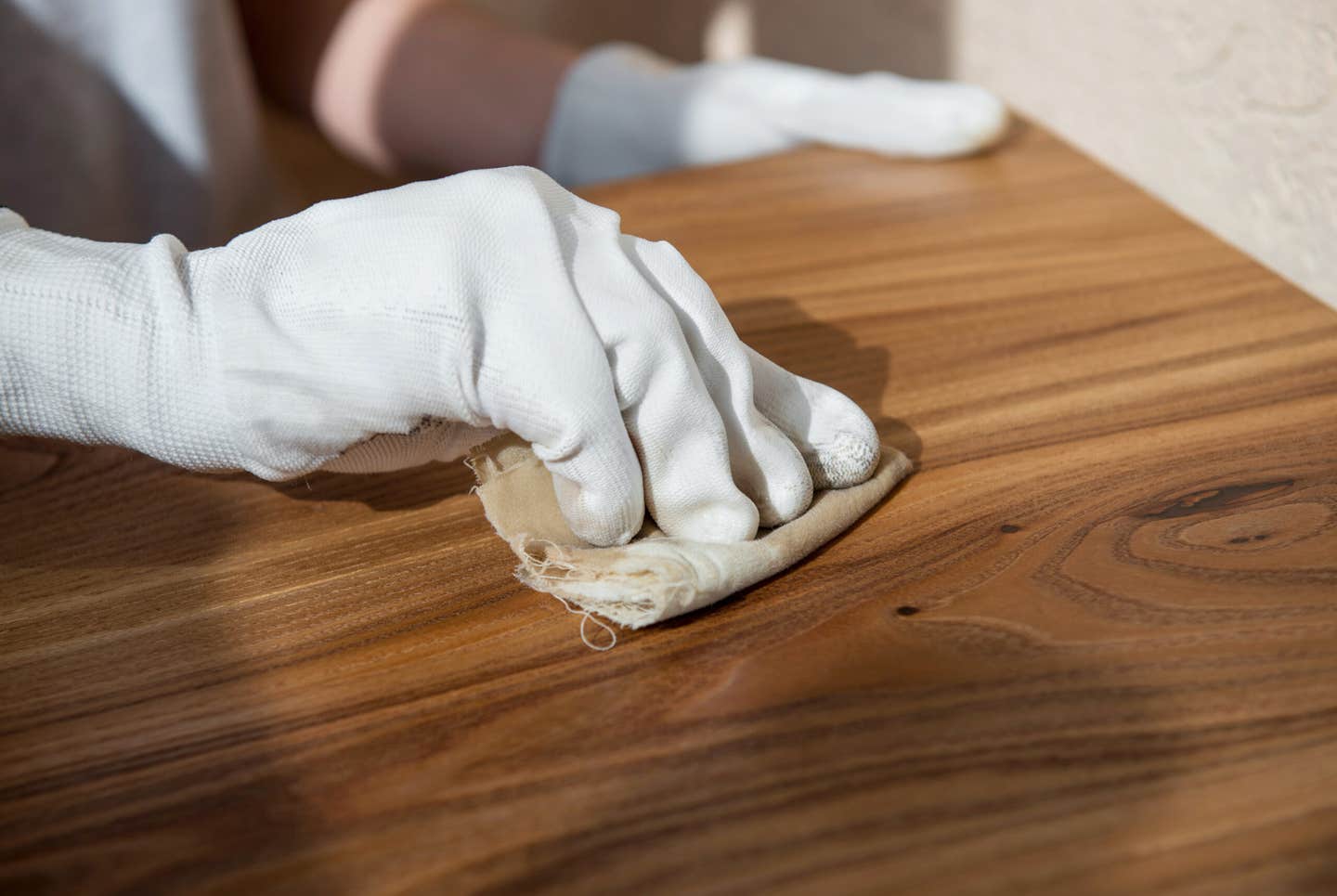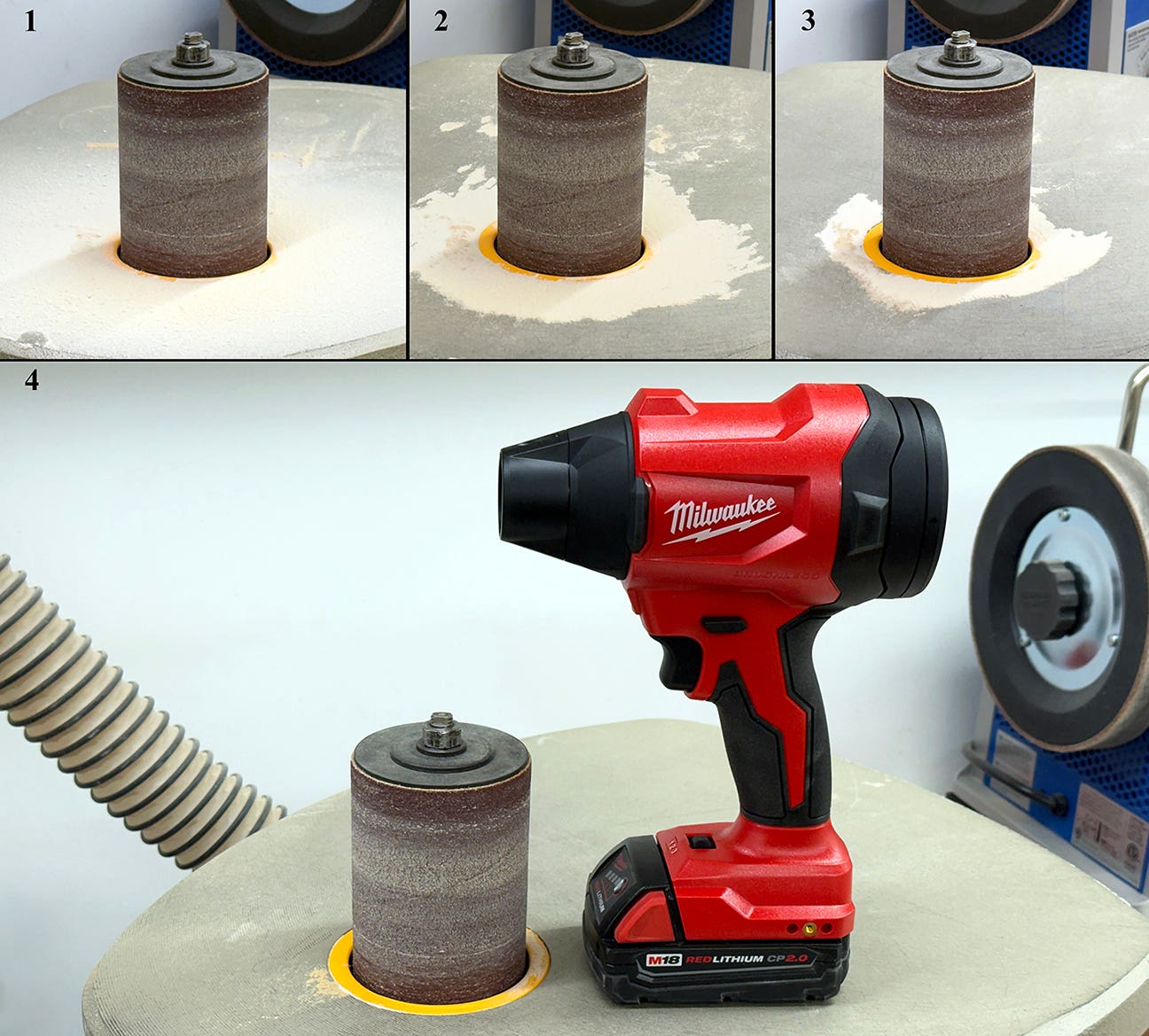Are you a contractor?
When I first started my woodworking business, I was pretty naive about a lot of things, including the contractor’s laws that exist in most states. In California, for example, if…
When I first started my woodworking business, I was pretty naive about a lot of things, including the contractor's laws that exist in most states. In California, for example, if the value of the work you perform on someone's house is over $300, you must have a contractor's license.
I should note here the difference between writing and/or signing a contract and "being a contractor." A contract is simply a legally binding agreement between two parties. Anyone can do this. But if you want to work on someone's house, you need to be a contractor and that means that you need to be licensed and bonded.
If you make a table for someone and deliver it to their house, you are not contracting. You are acting as a manufacturer. But if you build a cabinet and install it in someone's house, you are acting as a contractor. The difference is that word "install" and that's where I got tripped up. My shop was producing large volumes of casework and millwork and my crew was installing all of it. I thought I was covering myself by not charging for the installation directly but including it in the overall cost of the work. As long as the installation was not valued at more than $300 I was OK, right? WRONG!!!
I ended up paying a stiff penalty. But I really did not want to be a contractor. I wanted to be a manufacturer, or rather a maker, so I made the decision not to do any more on site work. I had relationships with contractors who specialized is high quality finish carpentry, architectural woodwork and cabinet installations so I subbed all of the installs out to them. Actually subbed out is the wrong term because I wanted to be very careful not to run aground again so I let the installers make their own deals with the clients. I even put a clause in my proposals that specifically excluded installation.
That clause was one of many that got included and, over the years, my proposals grew by several pages as I learned lesson after lesson. The clauses even had names derived from the name of the client on whose job the issue first arose.
Over the next few weeks, I am going to describe some of the traps I encountered on my path to basic business savvy and the extensions to my original one-page proposals that resulted.
D.D.
David DeCristoforo possesses an extensive resume as designer/maker of fine furniture, high-end cabinetry and architectural woodwork. His experience in professional woodworking spans a period of 35 years. For the past 20 years David DeCristoforo Design has been located in Woodland, California. During this time David's shop has ranged in scope from a "full on" cabinet production shop with as many as 15 employees to a small fine furniture and custom millwork shop, working with his son, David RBJ, a highly skilled maker in his own right.







